Ideas for constructing vertical support in raised beds?
prairiemoon2 z6b MA
10 years ago
Related Stories
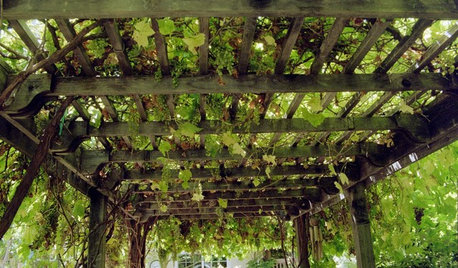
GARDENING AND LANDSCAPINGVertical Gardens Raise the Limits for Landscapes
Turn a small garden space into a towering success with an upward-bound collection of edible delights
Full Story
FARM YOUR YARDHow to Build a Raised Bed for Your Veggies and Plants
Whether you’re farming your parking strip or beautifying your backyard, a planting box you make yourself can come in mighty handy
Full Story
GARDENING GUIDES8 Materials for Raised Garden Beds
Get the dirt on classic and new options for raised vegetable and plant beds, to get the most from your year-round garden
Full Story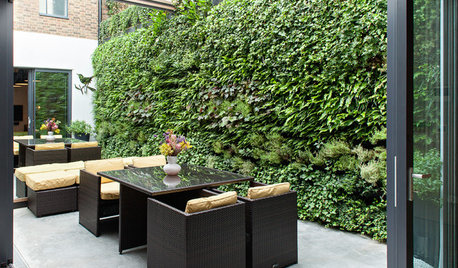
GARDENING GUIDES10 Reasons to Love Vertical Gardens
Boring patios and lackluster views, begone!
Full Story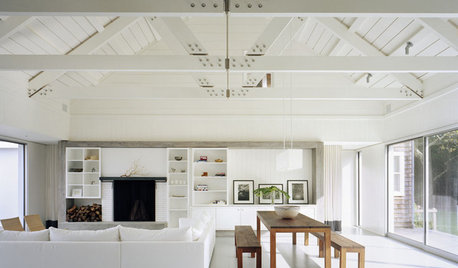
REMODELING GUIDESSupporting Act: Exposed Wood Trusses in Design
What's under a pitched roof? Beautiful beams, triangular shapes and rhythm of form
Full Story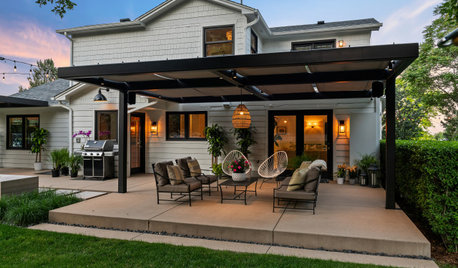
WORKING WITH PROSYour Guide to a Smooth-Running Construction Project
Find out how to save time, money and your sanity when building new or remodeling
Full Story
GARDENING AND LANDSCAPINGBuild a Raised Bed to Elevate Your Garden
A bounty of homegrown vegetables is easier than you think with a DIY raised garden bed to house just the right mix of soils
Full Story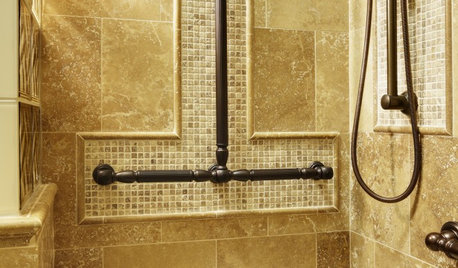
BATHROOM DESIGNBathroom Safety Features That Support Your Style
'Safety first' doesn't mean style comes in second with bathroom grab bars, shower seats and more designed for the modern home
Full Story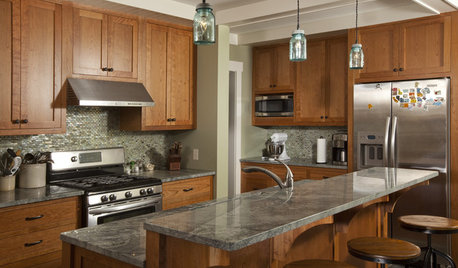
KITCHEN CABINETSCabinets 101: How to Choose Construction, Materials and Style
Do you want custom, semicustom or stock cabinets? Frameless or framed construction? We review the options
Full Story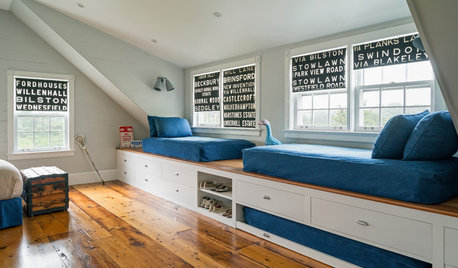
WINDOW TREATMENTSRoller Shades Raise the Curtain on Style
The humble window treatment is stealing the scene with fresh patterns, color and pizzazz
Full Story


emorems0
digdirt2
Related Discussions
Raised bed construction advice needed
Q
Constructing Raised Beds - What to line inside with?
Q
Raised beds: pics of construction with recycled scrap lumber
Q
Raised Bed Construction Ideas
Q
mckenziek
seysonn
emorems0
grannybettysue
canadianplant
barrie2m_(6a, central PA)
prairiemoon2 z6b MAOriginal Author
daninthedirt (USDA 9a, HZ9, CentTX, Sunset z30, Cfa)
prairiemoon2 z6b MAOriginal Author
digdirt2
daninthedirt (USDA 9a, HZ9, CentTX, Sunset z30, Cfa)
hoovb zone 9 sunset 23
prairiemoon2 z6b MAOriginal Author
prairiemoon2 z6b MAOriginal Author
prairiemoon2 z6b MAOriginal Author
prairiemoon2 z6b MAOriginal Author
prairiemoon2 z6b MAOriginal Author
prairiemoon2 z6b MAOriginal Author
changingitup
prairiemoon2 z6b MAOriginal Author
prairiemoon2 z6b MAOriginal Author
prairiemoon2 z6b MAOriginal Author
prairiemoon2 z6b MAOriginal Author
prairiemoon2 z6b MAOriginal Author
prairiemoon2 z6b MAOriginal Author
prairiemoon2 z6b MAOriginal Author
emorems0
emorems0
changingitup
emorems0
prairiemoon2 z6b MAOriginal Author
prairiemoon2 z6b MAOriginal Author
Persimmons
emorems0
nancyjane_gardener
seysonn
w_r_ranch
w_r_ranch
lucillle
w_r_ranch
drscottr
lucillle
prairiemoon2 z6b MAOriginal Author
loribee2
prairiemoon2 z6b MAOriginal Author